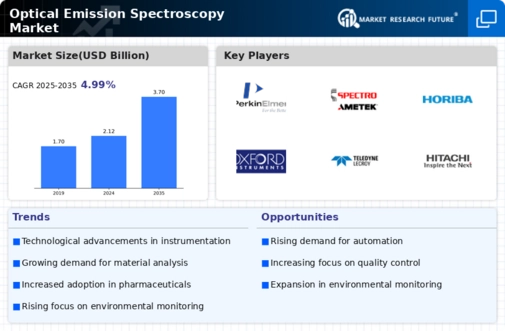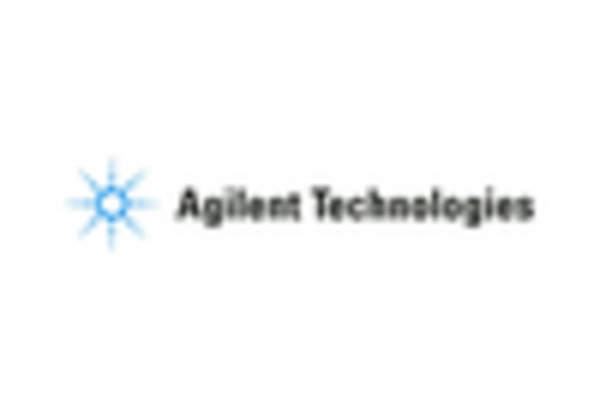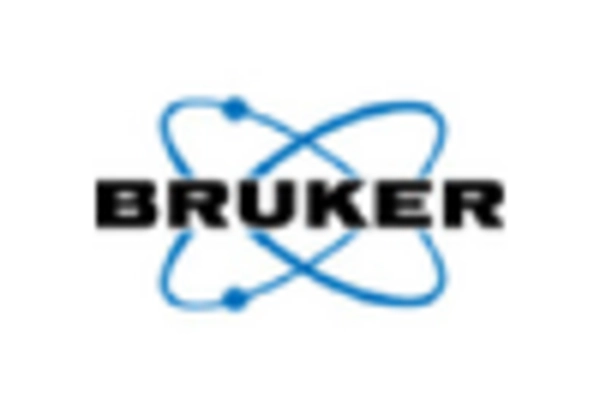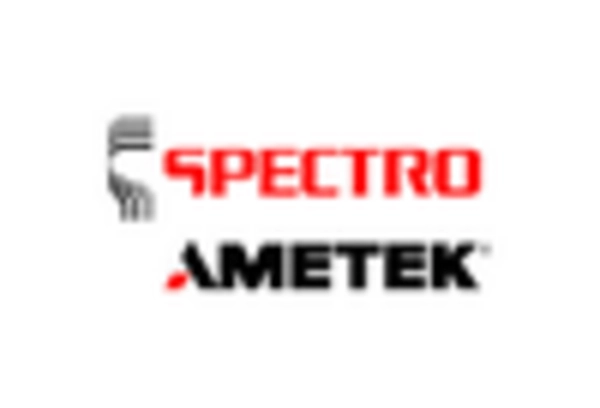Market Trends
Key Emerging Trends in the Optical Emission Spectroscopy Market
The Optical Emission Spectroscopy (OES) market is experiencing several noteworthy trends that are shaping its current trajectory. One prominent trend is the increasing integration of artificial intelligence (AI) and machine learning (ML) technologies in OES systems. This integration enhances the capabilities of elemental analysis by providing advanced data processing and interpretation, enabling more accurate and efficient results. AI-driven OES solutions are gaining popularity for their ability to analyze complex datasets rapidly, contributing to the overall efficiency and reliability of elemental analysis processes.
Another significant trend is the rise of portable and handheld OES devices. Traditionally, OES instruments were large and stationary, limiting their application in certain scenarios. However, the demand for on-site and in-field elemental analysis has led to the development of compact, portable OES devices. These handheld instruments offer the flexibility to conduct real-time analysis in various environments, providing quick and reliable results without the need for sample transportation to a centralized laboratory. This trend caters to industries requiring immediate feedback for quality control purposes, such as metal fabrication and alloy production.
Environmental sustainability is influencing market trends, with a growing emphasis on green and energy-efficient OES technologies. As industries strive to reduce their environmental footprint, there is a shift towards adopting OES systems that consume less energy and utilize eco-friendly materials. Manufacturers are incorporating sustainable practices in the design and production of OES instruments, aligning with global efforts to promote environmentally responsible technologies.
The trend towards automation and connectivity is also prevalent in the OES market. Industries are increasingly integrating OES instruments into automated manufacturing processes, allowing for seamless integration with other analytical tools and production systems. The connectivity of OES devices enables real-time data sharing and remote monitoring, enhancing operational efficiency and reducing downtime. This trend aligns with the broader Industry 4.0 movement, where interconnected systems contribute to smarter and more efficient industrial processes.
Customization and modular designs are gaining traction as companies seek OES solutions tailored to their specific needs. The ability to customize OES instruments for particular applications allows industries to optimize their analytical processes and achieve more precise results. Modular designs enable easy upgrades and maintenance, providing a cost-effective approach for companies to adapt to evolving requirements without replacing entire systems.
Market trends also reflect a growing demand for multi-elemental analysis capabilities. As industries face increasingly complex challenges, there is a need for OES systems that can simultaneously analyze multiple elements in a sample. This trend is particularly relevant in sectors such as pharmaceuticals, where stringent regulations require comprehensive analysis of raw materials and finished products.
The adoption of laser-induced breakdown spectroscopy (LIBS) as a complementary technique to traditional OES is emerging as a notable trend. LIBS provides rapid elemental analysis through laser-induced plasma, offering advantages such as minimal sample preparation and the ability to analyze samples in various states, including solids, liquids, and gases. The combination of LIBS with OES enhances the overall analytical capabilities, providing a more comprehensive solution for industries requiring diverse elemental analysis approaches.
















Leave a Comment